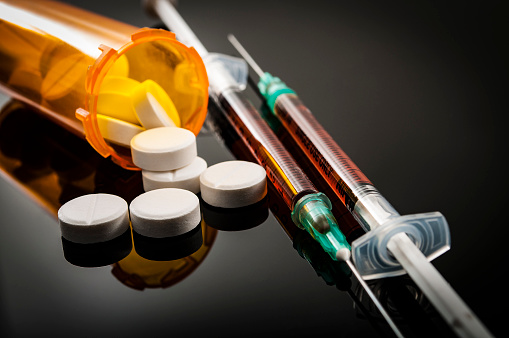The Link Between Substance Abuse and Suicide
Drugs and alcohol are closely associated with suicide risk
By now, it’s a well-known and well-studied fact that alcohol and drugs are linked to suicide risk. According to various studies:
- Alcohol intoxication is a factor in 22 percent of suicide deaths and between 30 and 40 percent of suicide attempts, according to the Substance Abuse and Mental Health Services Administration (SAMHSA).
- A 2020 study found that substance use disorders (SUDs) are associated with a high risk of suicide mortality, especially in women, and especially among people who have multiple SUDs.
- A 2021 study found that alcohol can increase maladaptive coping behaviors and weaken self-regulation, which increases suicide risk. The same study also found that opioid use causes neurobiological changes that increase suicide risk.
- Lower minimum drinking age laws are associated with an increased risk of youth suicide, according to the Department of Health and Human Services.
It’s important to note that people with substance use disorders frequently have other medical conditions (such as depression) and life circumstances (such as family difficulties or financial problems) that also contribute to suicide risk. However, research has found a link between substance abuse and suicide that cannot be explained by those other factors. As such, suicide prevention efforts must take the risks associated with substance abuse into account.
Substance abuse treatment settings need to play a role in suicide prevention
Like any other profession or service that works with a population that is prone to suicide, substance abuse treatment settings need to make suicide prevention the top priority. Some of the steps that substance abuse treatment centers and agencies need to take include:
- Training staff and volunteers on suicide prevention, including a culture of safety and environmental safety.
- Conducting regular screenings for suicide risk.
- Following lethal means safety best practices in physical treatment locations.
- Preparing treatment plans that address the elevated suicide risk that comes with substance abuse.
- Communicating with other care providers, community resources, and family members to ensure continuity of care and make sure suicide risks do not fly under the radar.
- Referring substance abuse patients to appropriate suicide prevention resources, from the 988 Suicide and Crisis Lifeline to inpatient services, as appropriate.
These guidelines don’t just apply to substance abuse treatment centers, but also to all care settings that work with people who are struggling with substance abuse, from hospitals to mental health clinics. Medical professionals need to be mindful of suicide risk at all times when treating patients who struggle with substance use disorders. It’s part of their obligation to meet standards of care and keep patients safe.
Suicide prevention and substance abuse treatment go hand in hand
As the United States continues to struggle with the opioid crisis in addition to alcoholism and other substance abuse disorders, suicide prevention and substance abuse treatment efforts need to be coordinated to keep patients and the public safe. Part of that effort is seeking accountability for medical providers who do not meet standards of care and put patients at risk of dying by suicide.
If you lost a loved one to suicide completion, we would be honored to listen to your story and explain your options to pursue justice. Schedule your free consultation with the Law Offices of Skip Simpson. We are based in Texas and serve families nationwide.





